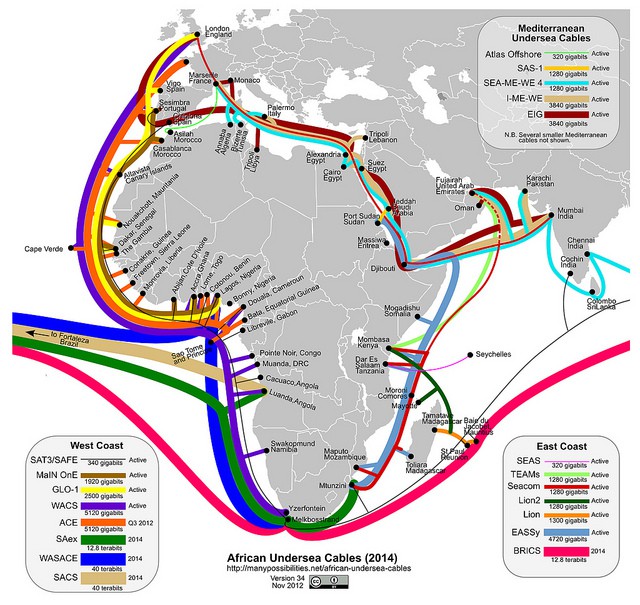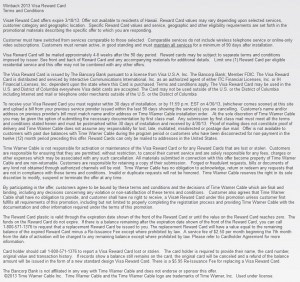 The Kentucky Resources Council is appealing to Kentucky residents and elected officials to stop AT&T’s plan to abandon rural landline service in the state with the passage of a bill now before Kentucky lawmakers the company effectively wrote itself.
The Kentucky Resources Council is appealing to Kentucky residents and elected officials to stop AT&T’s plan to abandon rural landline service in the state with the passage of a bill now before Kentucky lawmakers the company effectively wrote itself.
Tom FitzGerald, director of the non-profit group, has been bringing attention to AT&T’s agenda in the Kentucky media and through the organization’s website.
FitzGerald explains AT&T’s long term agenda is deregulation and eventual abdication of its basic responsibility to provide affordable, essential basic telephone service to every resident in the state who wants it.
In 2006, AT&T won deregulation of all services other than basic telephone service. The company promptly raised prices after the deregulation became law. Now the company is back asking the government to walk away from its oversight of basic telephone service. But even more concerning, in FitzGerald’s view, is that AT&T is prepared to walk away from their rural customers in the process:
In requiring that access to basic telephone service continue to be regulated, the General Assembly recognized that stand-alone basic telephone service is, for many Kentuckians, an essential service.
AT&T may believe, as it told the Federal Communications Commission in 2009, that “plain-old telephone service” is a “relic of a bygone era,” yet basic reliable wireline local exchange telephone service remains a lifeline for those who use it to convey medical monitoring information, for smoke and security alarms, and for voice service.
Basic local service is more than just “voice” service — it includes, by state law, reliable unlimited local exchange calling, 911 service, directory and operator assistance, and the ability to connect with other carriers.
AT&T is circulating a proposed bill that would deregulate basic local telephone services in the service areas of AT&T, Windstream and Cincinnati Bell in Kentucky. What would the bill do?
Unless you currently live in a household with fewer than 5,000 housing units in the telephone exchange, you will no longer be guaranteed access to basic local service as a stand-alone option.
For those smaller exchanges, AT&T could immediately cease providing the service if it offers an “alternative voice service.” Or, it could petition the state Public Service Commission to be relieved of the obligation by meeting certain criteria regarding other providers of voice service in the area. No new houses built in the service areas would have a right to a landline offering basic phone services on a stand-alone basis.
There is nothing in the draft bill that would require AT&T to seek PSC approval prior to ending the stand-alone landline phone service in exchanges where it or another provider offers wireless alternative voice service.
In addition, there is no requirement that AT&T demonstrate that the wireless service is of comparable reliability and consistent signal quality.
Deregulating basic local phone service based on the mere existence of a wireless “alternative voice service” provider that can be an affiliate, does not assure access for all customers to voice and other basic exchange services that are functionally equivalent, competitively priced and comparable to the currently regulated landline basic telephone services.

FitzGerald
AT&T’s characterization of its proposed legislation is that it will help shepherd in the transformation of the company’s old telephone network to a new modern network that can deliver broadband, telephone and television service. But AT&T’s network upgrades are reserved for urban areas only. Should AT&T have its way, it can simply abandon wired service in rural areas and tell those customers to purchase AT&T wireless phone service instead, at significantly higher prices and with no guarantee of service quality or reliability.
Customers in rural areas who have cellphones can already share stories about poor reception, dead spots, and garbled phone calls. Should AT&T win approval of its deregulation bill in Kentucky, rural residents may find that cellphone their only link to 911 and the outside world. FitzGerald wonders if that is sufficient for rural Kentucky.
“Before an telephone company is relieved of the obligation to offer reliable stand-alone basic service under regulations that guarantee nondiscriminatory access, the PSC must be empowered to determine whether there is sufficient competition in the provision of the full array of reliable basic phone services from other carriers on a stand-alone basis,” FitzGerald writes.
“It must also ensure that it will remain available to low-and fixed-income Kentuckians and those more costly to serve because of their location. Ending the obligation in Kentucky, without an assurance that comparable services will be available in a deregulated marketplace for those who are most in need of and least able to afford such services, is not in the public’s interest.”


 Subscribe
Subscribe The Kentucky Resources Council is appealing to Kentucky residents and elected officials to stop AT&T’s plan to abandon rural landline service in the state with the passage of a bill now before Kentucky lawmakers
The Kentucky Resources Council is appealing to Kentucky residents and elected officials to stop AT&T’s plan to abandon rural landline service in the state with the passage of a bill now before Kentucky lawmakers 

 FreedomPop, which offers 500MB of free wireless data service a month via Clearwire’s WiMAX service on a range of devices, has a better offer for tablet owners coming in the second half of this year.
FreedomPop, which offers 500MB of free wireless data service a month via Clearwire’s WiMAX service on a range of devices, has a better offer for tablet owners coming in the second half of this year.


